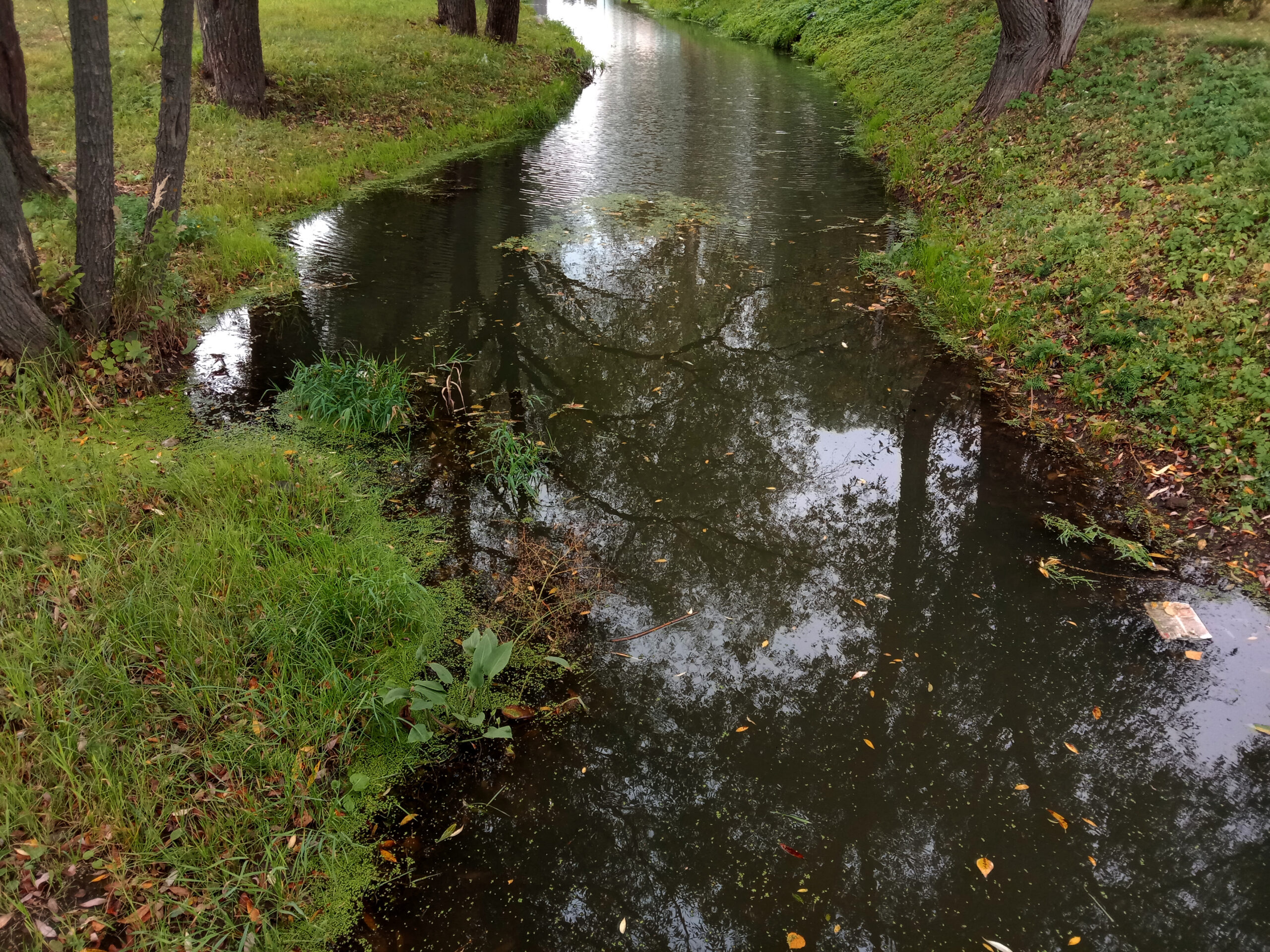
Intermittent/Non-perennial rivers: Italian insights from an under-explored resource
The Mediterranean region faces the dual threat of flooding and drought, particularly in non-perennial streams, which are rivers that dry up for part of the year or emerge temporarily due to rainfall or snowmelt. While these account for half of the world’s waterways, they are especially prevalent in Mediterranean countries like Italy. Despite their significance, these streams have long been neglected by authorities, scientists, and local populations. Historically, they’ve been covered, used as dumps, or disregarded as valuable resources. However, these rivers are now receiving attention from eco-hydrologists who recognize their natural beauty and ecological importance.
Regions from Southern Italy, but also Latium, Tuscany, and even parts of the Alpine area host these intermittent rivers, though their characteristics vary widely based on the local climate. The balance of these rivers’ systems is threatened by declining rainfall, intense agricultural water extraction, and human infrastructure like dams and levees. Climate change and unsustainable land-use practices are expected to worsen the situation, leading to more extreme weather events such as flash floods and longer periods of drought. These shifts pose serious risks to both water quantity and quality.
The European Commission, through initiatives like the Water Framework Directive (WFD) and Flood Directives, has acknowledged the need to improve river systems resilience to climate change. Still, effective legislation and management strategies for non-perennial rivers are lacking, as noted by a group of international researchers. Increased cooperation across scientific disciplines—such as ecology, hydrogeology, and economics—is crucial for better monitoring and conservation of these rivers.
Addressing the ecological degradation of non-perennial streams requires not only political commitment but also active public participation. The concept of “river contracts,” which has been adopted in 13 Italian regions, encourages local communities to engage in river management, promote water conservation, and foster regional development. While technological tools like predictive models are valuable for understanding future impacts, the involvement of local citizens and awareness campaigns around resource consumption are equally important in achieving long-term sustainability. These efforts must be supported by economic investments, especially in resource-saving agricultural practices and wastewater reuse initiatives.
Author(s): Oscar Tamburis, National Research Council of Italy
References:
I dati ISPRA, sui rifiuti dispersi in 12 fiumi analizzati: https://ambientenonsolo.com/i-dati-ispra-sui-rifiuti-dispersi-in-12-fiumi-analizzati-85-plastiche/ , (Accessed 25.09.2024)
I fiumi intermittenti: una risorsa poco esplorata, https://oggiscienza.it/2016/11/28/fiumi-intermittenti-risorsa-minaccia/ , (Accessed 28.09.2024)